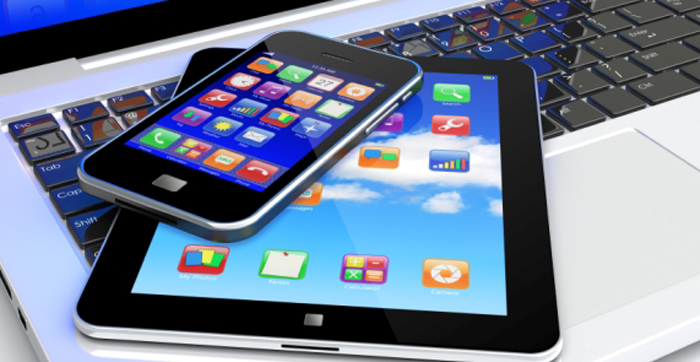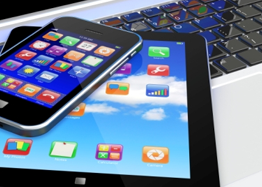
It seems that every day the mobile revolution opens a new door for companies seeking direct access into the lives of consumers. From predictive analytics and near-field communications to geo-targeting and 4G broadband, the ever-growing toolkit for next-generation product marketers not only offers unprecedented insight into buyer behavior, but – thanks to rapidly expanding device penetration – allows brands to literally reach into the pockets, purses and briefcases of the buying public and tickle the fancies of a diverse population.
However, with unlimited possibility comes the potential for missed opportunities; and, experts warn that adopting a one-size-fits-all approach to mobile marketing ignores significant behavioral variations in device use. As George Orwell may have noted: All devices are created equal, but some are more equal than others.
For instance, even though they are both potential gold mines of opportunity, smartphones and tablets are increasingly being used by consumers for distinct purposes. According to a new report from eMarketer, while more smartphone users rely on their devices for product research and comparison shopping, they are more likely to actually buy things on a tablet. Analysts forecast that nearly two-thirds of tablet users will make purchases on their devices this year, compared with 39% of smartphone users.
“As phones and tablets are inherently personal devices, individuals will use their phones and tablets for different reasons and thus have different devices that meet their needs,” said Michael Burke, president and co-founder of appssavvy, in a 2012 interview with Mobile Marketer. “It is becoming increasingly important for marketers to understand their consumer, what they are doing and why they are doing it.”
But that hardly means companies simply need to reformulate their marketing efforts to focus more aggressively on tablet users. Data shows that more than 90% of all consumer purchases are still made in brick and mortar stores; and with 3 billion smartphones predicted to be in circulation by 2015, learning to view the devices more as shopping assistants than as purchasing platforms can drive new and creative campaigns.
In terms of fragmented device use, eMarketer reports four primary findings:
• The number of U.S. consumers accessing media on multiple devices monthly outnumbers the single device users by a factor of 2.5 to 1
• Consumers move sequentially between devices in the course of the day to perform specific tasks
• Tablet owners pay equal or more attention to their tablets while watching TV
• U.S. consumers start shopping on a smartphone on continue on a PC or tablet
A cursory look at those findings tells us that most consumers receive marketing messages across multiple digital platforms and they use different devices for different things at various times of the day.
Exploring just one of these variables – the time of day consumers favor specific devices – can provide considerable insight into when and where they will be most receptive to specific mobile messages.
Instead of viewing device fragmentation as a challenge, brands should see new opportunities for multi-pronged engagement. However, parlaying findings like those listed above into intelligent marketing strategies will require powerful tools for deciphering multi-device behaviors.
It’s therefore likely that device fragmentation will drive demand for new analytics solutions designed to unlock not only the how and why of device use, but the where and when.

